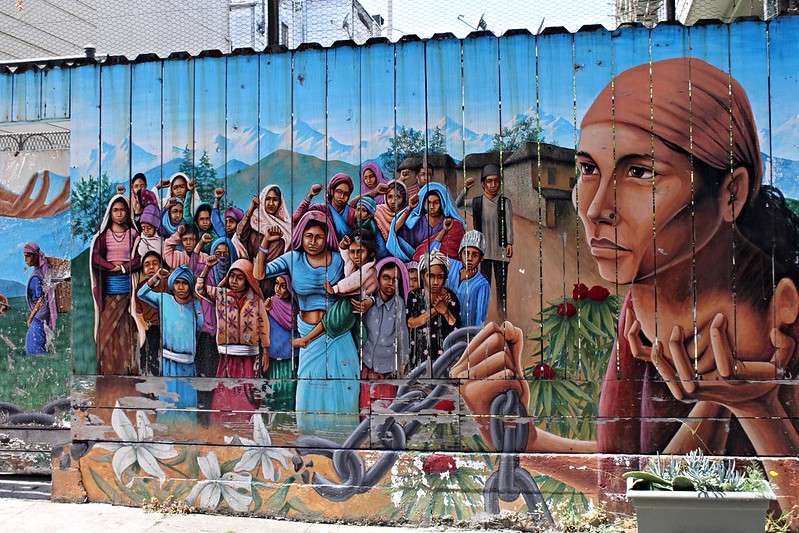fight for democracy in nepal

An overview of the History of Nepal From the early twentieth century to 2008, the Nepalese democracy movement fought for the development of representative democracy, a multi-party political system, and the removal of monarchy. The Revolution of 1951, Jana Andolan, and LoktantraAndolan were three important movements that ended the Shah monarchy, transitioned Nepal to a republic, and reintroduced multi-party bicameral democracy. In the mid-20th century, the Rano's longstanding Nepalean royal line, motivated by ethnopolitical growth from the Indian nationalist movement, was the beginning of a national push for democracy in Nepal. But this democracy ended in 1960 and a system of governance was established in Panchayat, eliminating recent democratic institutions, prohibiting political parties, limiting certain forms of freedom of expression.In 1979, student protests led to a referral on the direction of the political system, which resulted in minimal adjustments to the existing party-less system. The Jana Andolan People's s Movement led to the resurgence of a multiparty democracy under a constitutional monarchy, due to a period of economic tensions with India and increasing persecution in Nepal. Despite corruption, nepotism and the presence of a Maoist uprising that has become a nationwide civil war between the Maoist insurgents and the Government...
Read-more